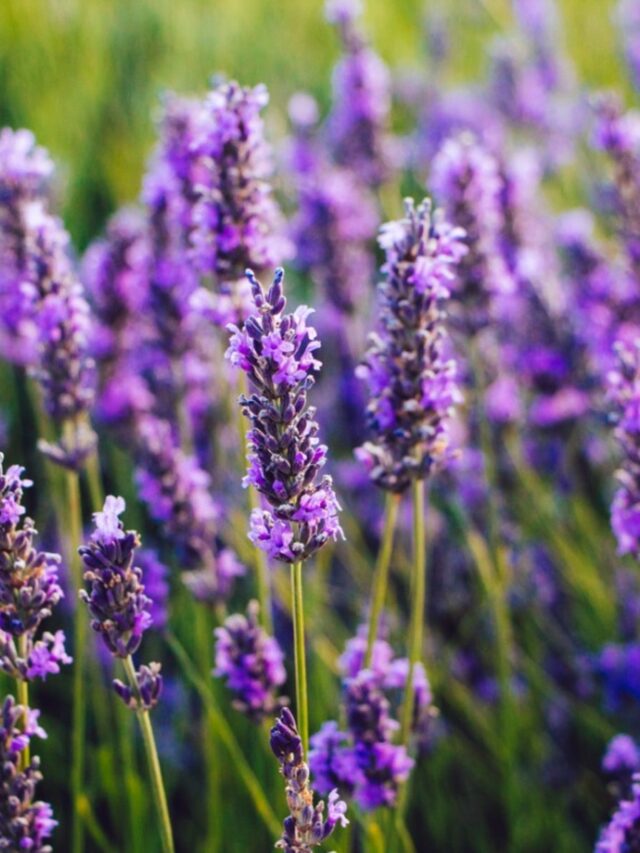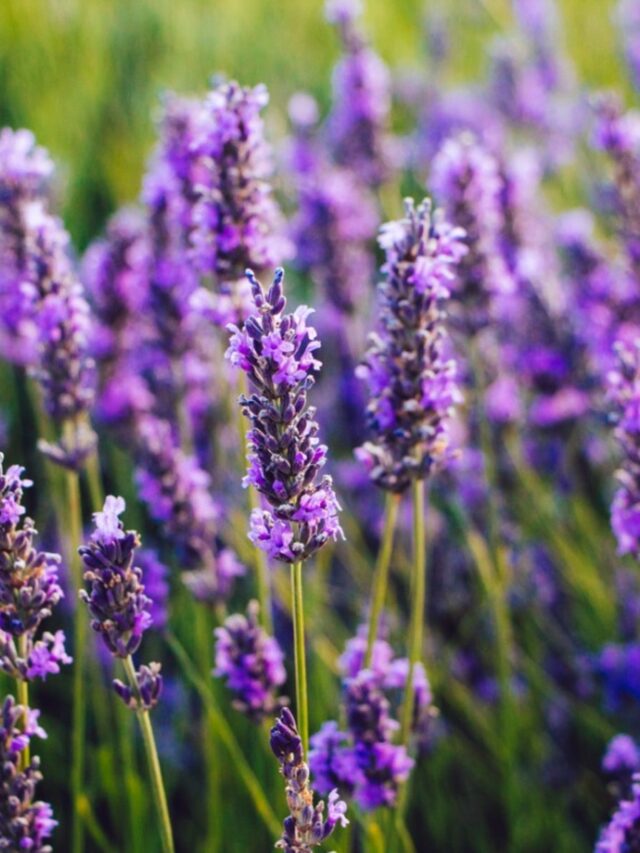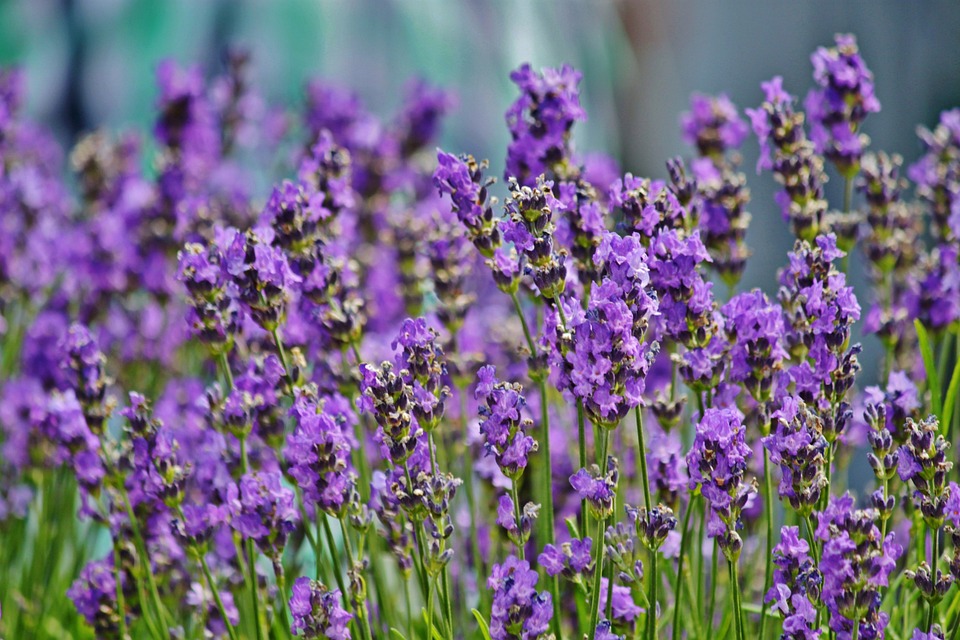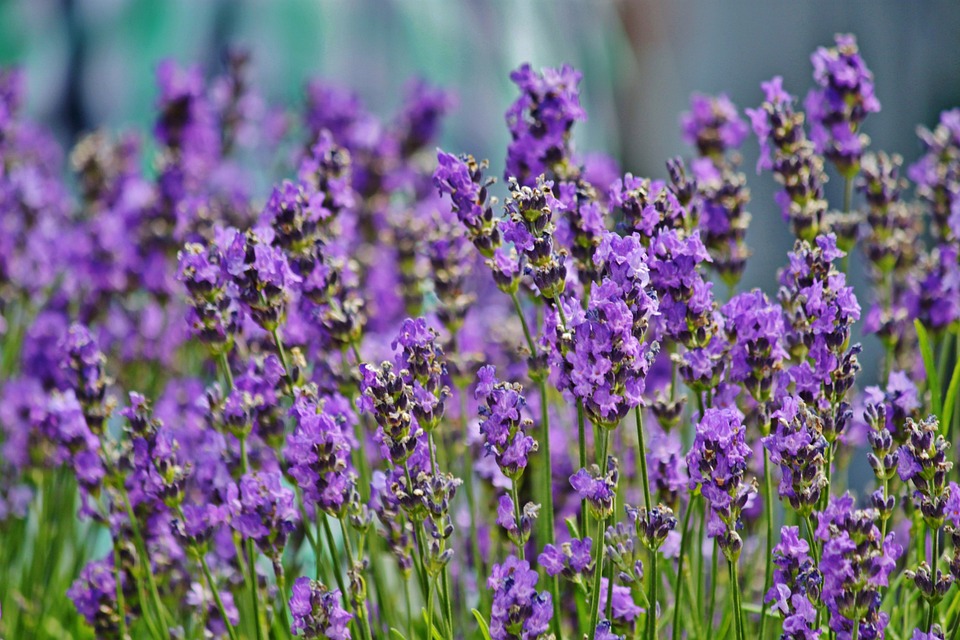A perennial flower bed is more than just a garden; it’s a canvas that evolves and delights year after year, providing a continuous display of colors, textures, and fragrances.
Designing and maintaining such a bed requires careful planning, knowledge of plants, and a dash of creativity.
Whether you’re a seasoned gardener or a novice looking to create your first perennial masterpiece,
this guide will walk you through the essential steps to achieve a stunning perennial flower bed.
Planning Your Perennial Flower Bed

The foundation of any successful garden begins with thoughtful planning. Before you start planting, consider the following:
Location and Sunlight: Identify the ideal location for your perennial bed. Most perennials thrive in well-drained soil that receives at least 6 hours of sunlight per day.
Take note of any shade patterns throughout the day to choose plants accordingly.
Size and Shape: Decide on the size and shape of your flower bed. Consider the overall aesthetic of your garden and how the bed will fit into the landscape.
Curved edges can create a more natural look, while straight lines offer a formal appearance.
Soil Preparation: Prepare the soil by testing its pH and nutrient levels.
Most perennials prefer slightly acidic to neutral soil.
Incorporate organic matter such as compost to improve soil structure and fertility.
Choosing Perennial Plants

Selecting the right plants is crucial for a successful perennial flower bed. Here are some factors to consider:
Climate and Hardiness Zone: Choose perennials that are well-suited to your climate and hardiness zone. Consider factors such as winter temperatures and humidity levels.
Height and Growth Habit: Create visual interest by selecting plants with varying heights and growth habits. Tall plants like delphiniums or hollyhocks can serve as focal points, while groundcovers like creeping phlox or sedum fill in spaces.
Color Scheme: Decide on a color scheme that complements your garden’s overall palette. You can choose harmonious colors for a soothing effect or contrasting colors for a vibrant display.
Blooming Seasons: Select plants that bloom at different times throughout the growing season to ensure continuous color. Early spring bloomers like tulips or daffodils can transition to summer bloomers like daylilies and coneflowers.
Designing Your Perennial Bed Layout

Once you’ve chosen your plants, it’s time to design the layout of your flower bed:
Planting Zones: Divide your flower bed into planting zones based on the light and soil requirements of your chosen plants. Grouping plants with similar needs together will promote healthier growth.
Plant Spacing: Follow spacing recommendations provided for each plant species to allow for proper air circulation and future growth. Overcrowding can lead to competition for resources and increased susceptibility to diseases.
Layering and Textures: Create depth and interest by layering plants with different textures and foliage shapes. Mix delicate ferns with bold hostas or airy ornamental grasses with sturdy peonies.
Pathways and Access: Consider pathways or access points for maintenance tasks such as weeding, deadheading, and dividing plants. Well-placed stepping stones or mulched paths can provide easy navigation without compacting soil around plant roots.
Planting and Maintenance

With your design finalized, it’s time to bring your perennial flower bed to life:
Planting Techniques: Follow best practices for planting each type of perennial, ensuring proper depth and soil coverage. Water newly planted perennials thoroughly and continue to monitor soil moisture until they become established.
Mulching and Fertilizing: Apply a layer of mulch around plants to retain moisture, suppress weeds, and regulate soil temperature. Use organic fertilizers or compost annually to replenish soil nutrients and support healthy growth.
Watering and Deadheading: Establish a watering schedule based on plant needs and weather conditions. Remove spent flowers (deadheading) to promote continuous blooming and prevent self-seeding in unwanted areas.
Dividing and Pruning: Periodically divide overcrowded perennials to rejuvenate growth and maintain plant health. Prune back dead or damaged foliage as needed throughout the growing season.
Enjoying Your Perennial Garden

As your perennial flower bed matures, take time to appreciate its beauty and evolution:
Seasonal Maintenance: Continue to monitor your garden for pests, diseases, and nutrient deficiencies. Address issues promptly to minimize damage and maintain plant vigor.
Long-Term Planning: Consider the long-term growth habits of your perennials and how they may evolve over time. Some plants may require periodic replacement or relocation to maintain balance within your garden.
Garden Wildlife: Encourage beneficial wildlife such as pollinators and birds by incorporating native plants and providing habitat elements like water sources or nesting areas.
Sharing and Learning: Share your gardening experiences with others and continue to expand your knowledge of perennials and garden design. Joining local gardening clubs or online forums can provide valuable insights and inspiration.
Conclusion
Creating a stunning perennial flower bed is a rewarding journey that combines artistry with horticultural expertise.
By carefully planning, selecting the right plants, and maintaining your garden with care, you can enjoy a vibrant display of colors and textures throughout the seasons.
Whether you’re drawn to cottage-style gardens overflowing with blooms or modern landscapes with
structured plantings, your perennial flower bed can become a masterpiece that enriches your outdoor space for years to come.






